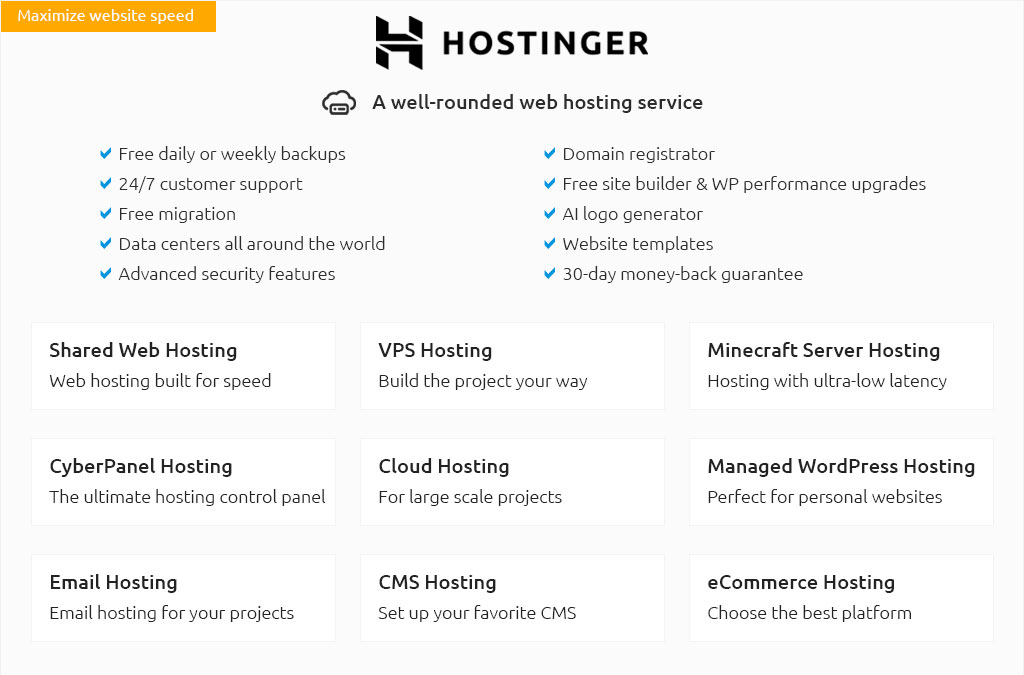 |
|||
 |
 |
 |
|
 |
|
 |
 |
 |
|||
 |
|||
 |
|||
 |
|||
 |
 |
cloud hosting price insights for growing teamsWhat drives the billThe cloud hosting price you pay usually reflects compute, memory, storage, and data transfer. Variable costs align with usage, so a quiet week costs less, while traffic spikes add dollars yet keep sites responsive. Transparent estimates often start with a small vCPU bundle and scale upward. How to compare plansLook beyond a headline number. Consider per-second billing, reserved discounts, included egress, backup frequency, and regional pricing. A slightly higher sticker can beat a bargain once you add support or managed databases.
For budgeting, map workloads to tiers, set autoscaling limits, and track cost per request or per customer. Tag resources and review monthly anomalies. Bottom line: pick a provider that makes pricing visible, offers right-size options, and lets you pause or downshift quickly. That flexibility turns pricing into a lever, not a lock-in. https://www.digitalocean.com/pricing
On-demand pricing from $2.99/GPU/hour. Scalable machines for your AI/ML workloads. Run training and ... https://cloud.google.com/pricing
With Google Cloud's pay-as-you-go pricing, you only pay for the services you use. No upfront costs. No termination fees. https://cloudzy.com/blog/cloud-server-cost/
The cost of cloud servers from Cloudzy is budget-friendly for any business. We offer our plans starting at an unmatchable $4.95 per month. Since ...
|